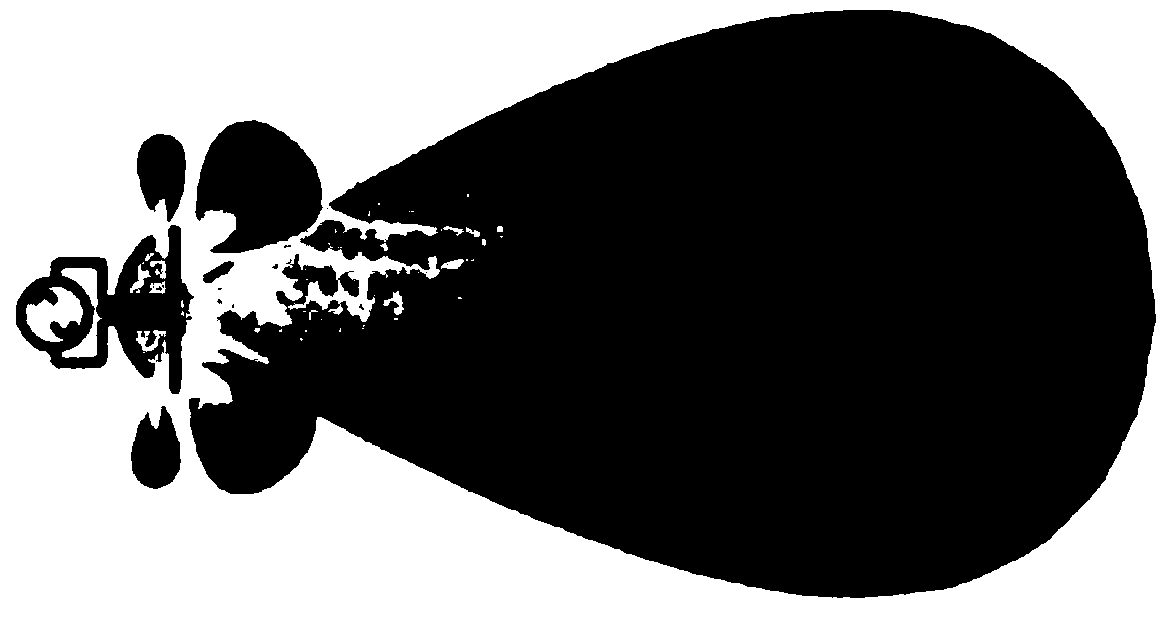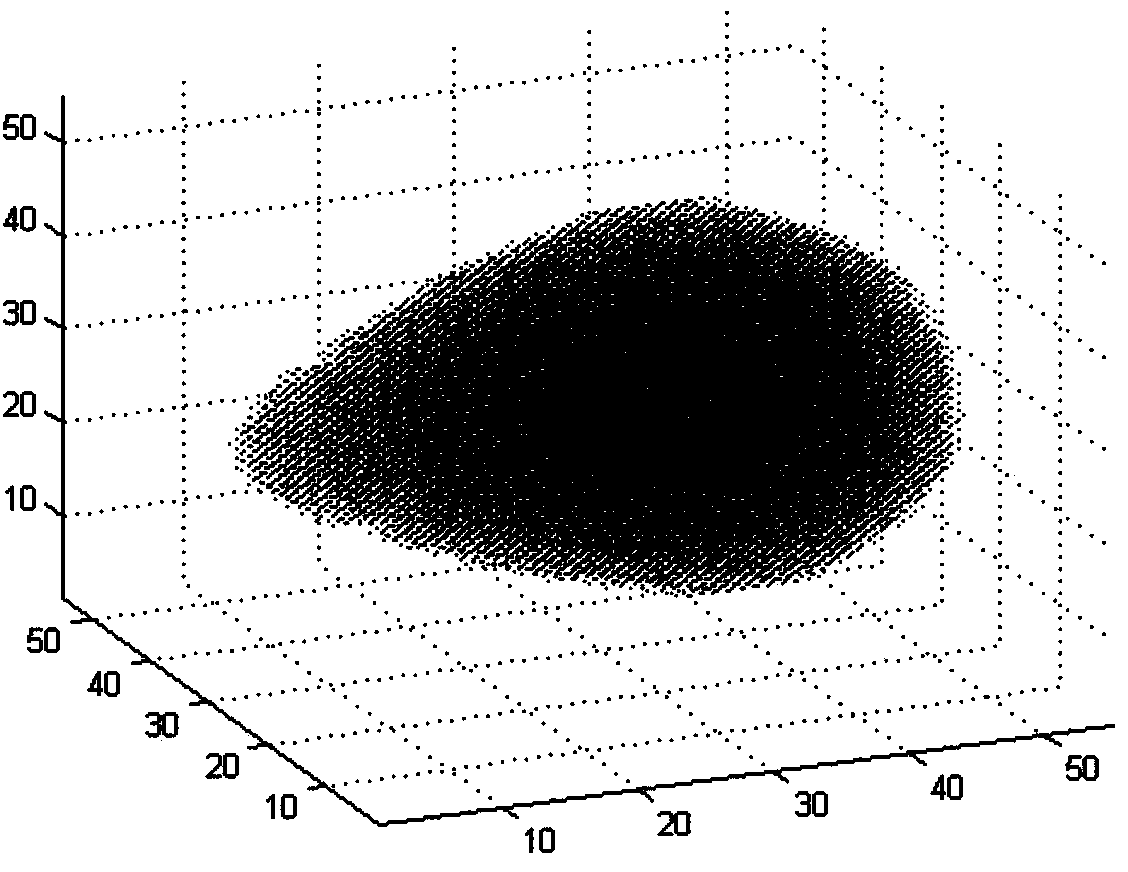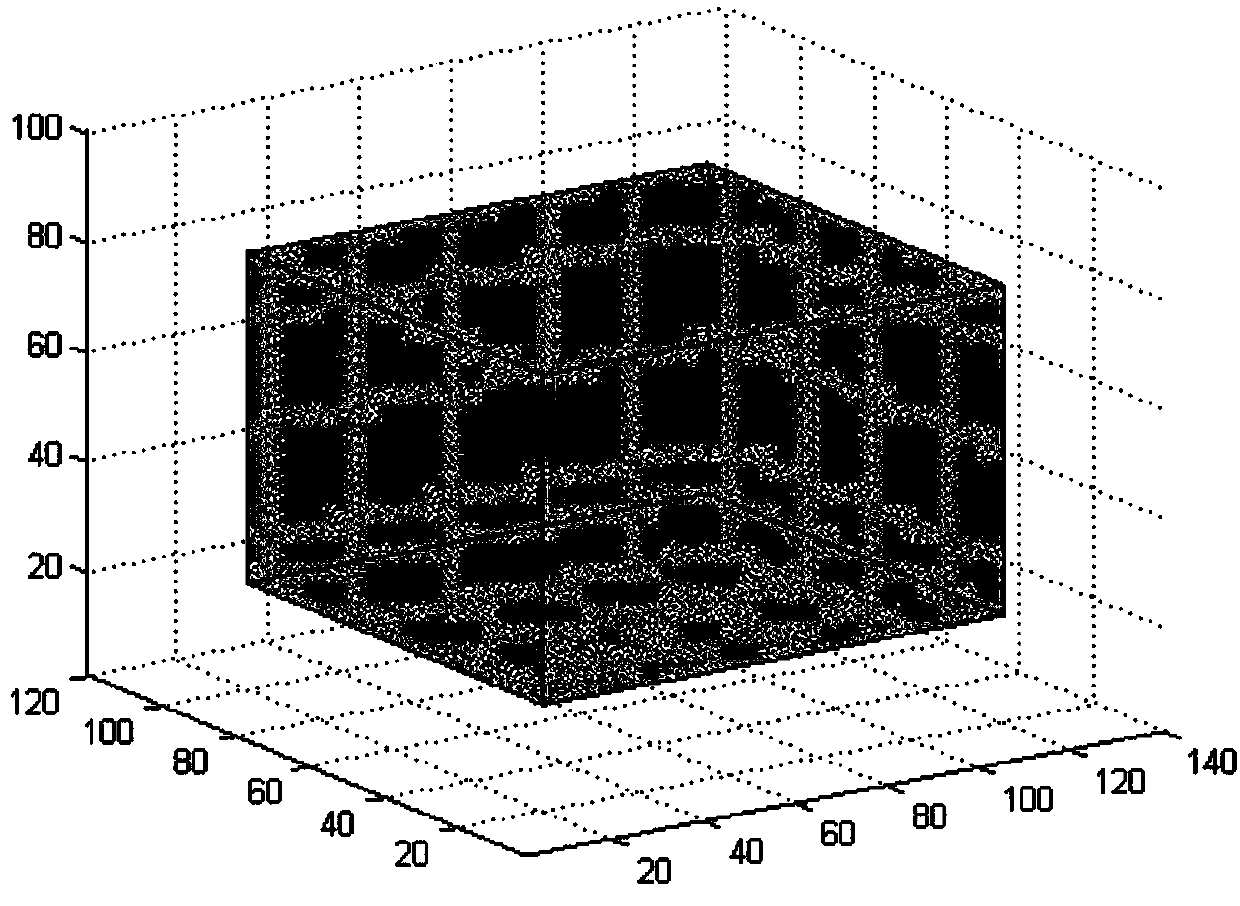Deployment algorithm of large-scale RFID (radiofrequency identification) readers in three-dimensional space
A three-dimensional space and reader technology, applied in the field of large-scale RFID reader deployment algorithms, can solve the problems of losing the ability to explore new spaces, algorithms falling into local extremum, and lack of activity of particles, etc., to achieve rapid evaluation of coverage performance Effect
- Summary
- Abstract
- Description
- Claims
- Application Information
AI Technical Summary
Problems solved by technology
Method used
Image
Examples
Embodiment Construction
[0024] The technical scheme of the present invention will be described in detail below in conjunction with the accompanying drawings.
[0025] The deployment algorithm uses the UHF RFID reader which is currently widely used as the research object. Most of this type of antenna uses a microstrip antenna (Microstrip Antenna), which is formed by attaching a conductive sheet to a dielectric substrate with a conductive ground plate. Antennas, also known as patch antennas (Patch Antenna). Compared with ordinary antennas, patch antennas have the advantages of small size, light weight, and simple structure, and are widely used in the field of wireless communication, especially suitable for applications in RFID systems. According to the antenna correlation theory, the space electromagnetic radiation model of a typical UHF RFID reader studied by this model is as follows: figure 1 shown. The model consists of a main lobe and a side lobe, where the main lobe is its main propagation direc...
PUM
 Login to View More
Login to View More Abstract
Description
Claims
Application Information
 Login to View More
Login to View More - R&D
- Intellectual Property
- Life Sciences
- Materials
- Tech Scout
- Unparalleled Data Quality
- Higher Quality Content
- 60% Fewer Hallucinations
Browse by: Latest US Patents, China's latest patents, Technical Efficacy Thesaurus, Application Domain, Technology Topic, Popular Technical Reports.
© 2025 PatSnap. All rights reserved.Legal|Privacy policy|Modern Slavery Act Transparency Statement|Sitemap|About US| Contact US: help@patsnap.com



